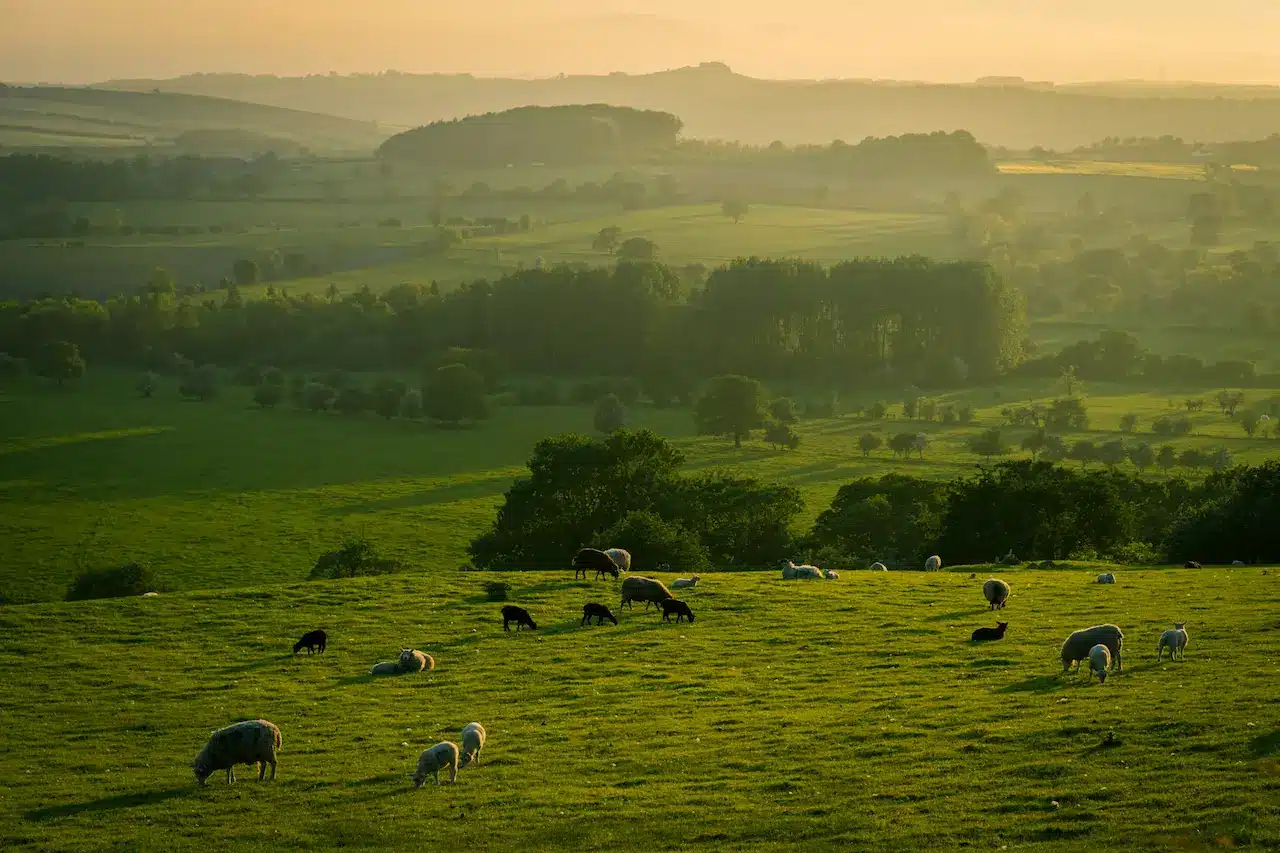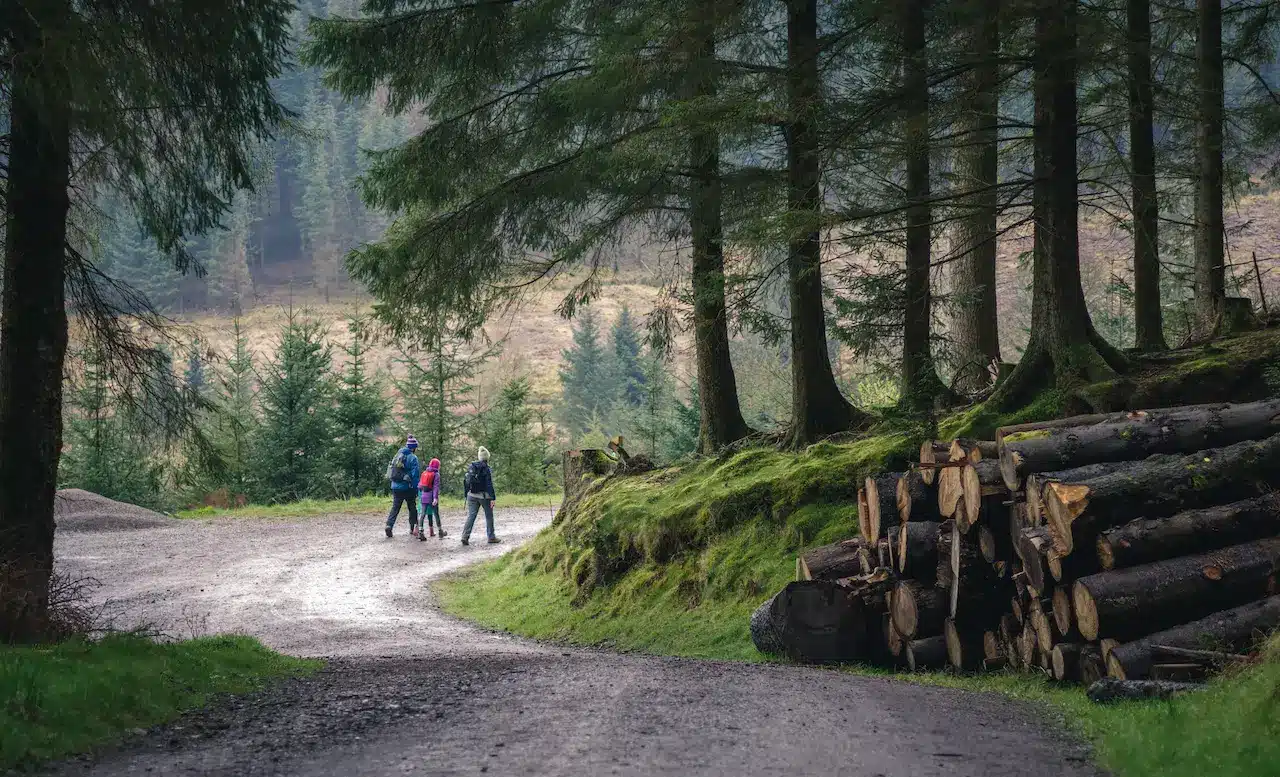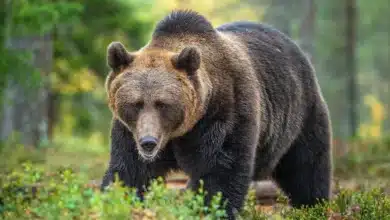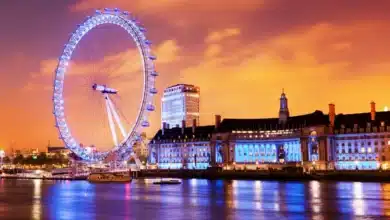UK’s best natural spots
UK’s best natural spots you must visit if you love the outdoors
Wilderness escapes are not for everyone, that’s for sure. Some people simply prefer holidays where they can lounge all day and take it easy instead of being active, going hiking, swimming, or cycling. But there are also people who feel like they can unwind and get rid of the tension much better if they’re active and connected to nature. If you’re not averse to areas that are a little more isolated but full of rugged, natural charm, here are a few places in the UK that you should definitely add to your bucket list.
New Forest National Park
New Forest is one of the largest remaining tracts of unenclosed heathland, forest, and pastureland in Southern England, across southwest Hampshire and southeast Wiltshire. William the Conqueror proclaimed it a royal forest and had it featured in the Domesday Book. It is still the home of many different types of birds and mammals and covers 566 km2 (the Site of Specific Interest is 300 km2), being home to many different habitats, including wet heathlands, grasslands, broadleaved woodlands, and tree plantations established in the 18th century.
Lowland habitats still survive here even when they’ve become lost in other areas. The New Forest cicada lives here, the only one native to Great Britain. Marsh grasshoppers, the southern damselfly, and mole crickets are a few of the rare insects you might catch a glimpse of during your trip. If you prefer birdwatching instead, you should definitely have your binoculars ready, as Dartford warblers, European stonechats, Eurasian hobbies, tree pipits, common snipes, buzzards, goshawks, ring ouzels, and many more call New Forest home. Barred grass snakes, sand lizards, the great crested newt, toads and frogs, New Forest and Shetland ponies, fallow, red, and roe deer, red and grey squirrels, polecats, otters, and pine martens are native to New Forest as well, so when you travel there make sure to not do anything that could disturb the animals or their habitats.

Glen Coe
Glen Coe is a valley bracketed by gently sloped concave sides. It was formed by an ice age glacier that was roughly 13 kilometres long. The rocks at Glen Coe are all the remains of a very old supervolcano that was erupting about 420 million years ago. You can hike through birch woodland, moors, and peatbogs here, and spot golden eagles and snow buntings. Buachaille Etive Mòr is popular with climbers, with its pyramidal shape making it a little more challenging, but you should also hike to the waterfall and continue down the river, as far as the Meeting of Three Waters.
Aonach Eagach is ideal for experienced walkers, being rocky and requiring scrambling. There are two summits, Meall Dearg and Sgùrr nam Fiannaidh. About 6 km east of the former, there’s a path known as the Devil’s Staircase. The good news in Glen Coe is that you won’t be away from nature, even when it comes to the accommodation. Clachaig Inn gets its name from its location at the foot of the Clachaig Gully, a steep descent route from the western side of Aonach Eagach. The inn dates back to the 16th century and retains its historical charm while being very modern at the same time. Apart from accommodation, food, and access to the bars, you also get free Wi-Fi here, but if you plan on finishing a work project, make sure to get a password generator first, just to make sure that your data is as safe as it could be. The high winds can cause outages sometimes, but the connection is generally stable.
Kings House Hotel is another remote inn, but it is situated at the eastern end of Glen Coe, on the edge of the Rannoch Moor. The inn gets its name as a result of its use as barracks by the troops of the Duke of Cumberland during the Jacobite Rising of 1745. Since it faces Buachaille Etive Mor, it is particularly popular with rock climbers. If you have a dog and want to bring them along, you should know that Kings House is pet-friendly and allows two dogs per room.
The Sperrins
The Sperrins are a mountain range in Northern Ireland, sprawled between Mullaghcarn in the west and Slieve Gallion and the Glenshane Pass in the east. Blanket bogs and moorland make up most of the landscape, and the region is designated as an Area of Outstanding Beauty. Sawel Mountain is the highest peak in the Sperrins and the eighth highest in Northern Ireland. From its summit, you can see the Mournes to the east and Binevenagh to the north. Mullaghmore is perfect for hiking, biking, and running, and you plan your route beforehand as well, so that you get to see as much of the region as possible.
Take a stroll through the ash and oak forests at Banagher Glen, where, according to legend, the last serpent in Ireland, Lig na Paiste, resides after escaping St. Patrick’s banishment. The story goes that, after terrorizing the locals, the people ultimately managed to cage him under Lough Foyle. Walk by tarns darkened by peat, bog cotton, and sundew among the heather and grasses. You might spot cloudberries as well, but make sure you don’t pick them or damage the plants in any way, as they are unique to the Sperrin Mountains in Northern Ireland and quite fragile.
The Clogherny Wedge Tomb, probably built around 200 BC, in the late Neolithic, is a Scheduled Historic Monument and representative of a unique type of Irish megalithic tombs, all of which faced west or southwest.

The Rhinogydd
Often anglicised as Rhinogs, this mountain range can be found in North Wales, east of the seaside resort of Harlech. The mountains of Rhinog Fawr and Rhinog Fach inspired the range’s name, but the highest peak is Y Llethr. If you’re looking for a challenge, try Foel Penolau, known as one of the rockiest summits in the entire Snowdonia, where you’ll need to use your hands to reach the top, a smooth slab of stone. The Diffwys and Ysgethin Valley, on the other hand, are grassier and much more mellow. A population of feral goats inhabits the Rhinogydd.
Bryn Cader Faner, designed in the shape of what appears like a crown to some, is a cairn said to be the burial place of a prince. From there, a network of tarns and lakes spreads far and wide, with buzzards soaring overhead to Moel Ysgyfarnogod, the “Bare hill of the hares”. From the Cwm Moch valley, you can descend into the gorge of Llennyrch, one of the most impressive examples of an Atlantic Forest in all of Europe.
The UK is filled with a lot of natural beauty, so if you love the great outdoors, there are many beautiful places to choose from.




